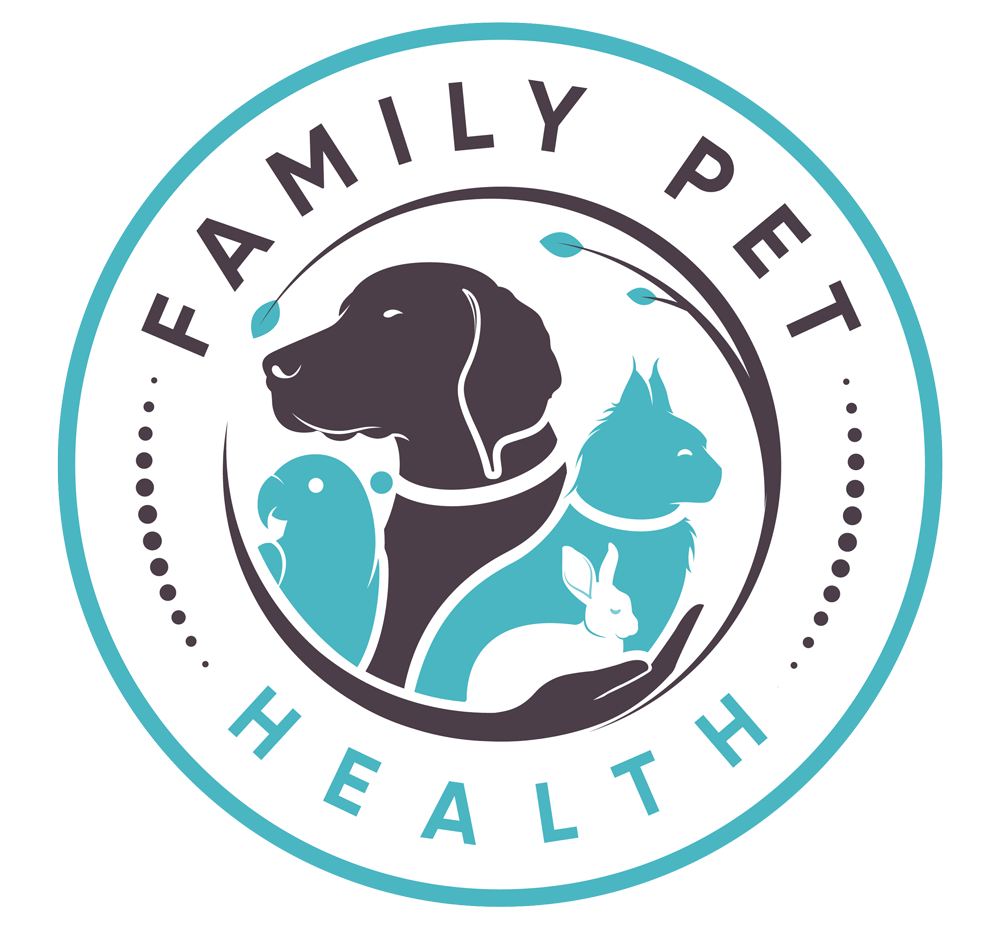When your pet gets sick or injured, the last thing you want to think about is how much their care will cost.
Pet insurance helps protect you from the financial burden associated with accidents, injuries and/or illness and makes sure you can focus on getting the best care possible for your furry companion. Whether your pet has several minor incidents or develops a serious medical condition like cancer, pet insurance shields your budget from unexpected, expensive veterinary costs.
Knowing that your pet’s healthcare is covered allows you to determine the best course of treatment based on what will be most effective for the health and happiness of your family cat and/or dog, not the size of your wallet.
With pet medical insurance, your furry friend will be taken care of.
How does pet insurance work?
Pet insurance pays for much or even all of the costs associated with covered treatment. Like insurance for humans, deductibles, copayments, premiums, and coverage can vary widely between the different pet policies and companies. The biggest difference between pet insurance and human insurance– You typically have to pay your veterinary bill in full and wait for the insurance company to reimburse you, although, some pet insurance companies will now pay the veterinary hospital directly, which decreases your upfront out-of-pocket costs.
Deductibles
Deductibles are a common tool in both human and pet insurance plans to lower the cost of the monthly premium. An individual can select deductible options from $0 to up to $2,000. The client would be responsible for paying whatever the deductible amount is before the remaining insurance would apply. A higher deductible would carry a lower monthly premium.
Copays
Similar to human health insurance, pet insurance plans regularly incorporate copays into their payment options. A copay represents the percentage of the total bill for which a client would be responsible for paying. Generally, insurance plans carry copays of 10%, 20% or 30%. The higher the copay percentage, the lower the monthly premium.
Premiums
In every plan, a monthly premium is paid by the client to the insurance company as part of the contractual agreement for coverage. The premium is based upon the combination of deductibles, copays and coverage options. Many policies also factor in pet specific variables like age, size and breed of the pet. Modifying a single variable, like copay percentage, will affect the premium. The basic rule of thumb is a lower monthly premium payment will carry the possibility of higher out-of-pocket expenditures at the time of service.
Coverages
Most pet insurance plans cover costs associated with accidents, injuries and illness. However, some insurance companies offer accident/injury only policies that do not cover expenses related to illnesses. These policies can be significantly less expensive as the chances of an accident are far less than risks associated with illness. No pet insurance covers pre-existing conditions.
Wellness Care
Most insurance plans do not cover routine, standard wellness treatments. Items associated with the annual exam like vaccinations, flea/tick prevention, heartworm testing and prevention are generally excluded. In this way, pet insurance is similar to car insurance where routine maintenance like oil changes, tune ups and tire rotations are not covered. Some pet insurance policies do offer optional riders that can cover those routine treatments. These riders are “worth” it if you plan to do all of the covered services.
So what should you choose?
With so many options available, it’s no wonder that most consumers never make a final decision in choosing a plan. The sheer number of companies and policy options can just feel overwhelming. Fortunately, the reality is that there isn’t a “bad” or “wrong” option. ANY pet insurance is better than no pet insurance when it comes to a major medical expense. That having been said, there are three steps any interested consumer should implement when choosing a pet insurance option.
Seek recommendation from your veterinarian
As the pet insurance industry continues to grow at a rapid rate, your veterinarian has almost certainly had interactions with several companies. Based upon factors such as timeliness of reimbursement, ease of submitting records and cooperation from the insurance companies, most veterinarians have one or two companies with whom they work well and feel comfortable recommending. This recommendation will almost certainly be based upon customer service experiences and not related in any way to premium costs. Based upon our numerous interactions with the companies, our team at Family Pet Health recommends Nationwide, Trupanion and Pets Best.
Determine your budget
Before looking at copays, deductibles and coverages, determine how much you are prepared to spend on a monthly premium. A “standard” policy for a dog will be around $35-$45 a month and a “standard” policy for a cat will be about $25-$35. But a client can easily find quality coverage by adjusting the variables listed above. By assuming more risk and out-of-pocket costs, consumers can achieve significant savings on monthly premiums.
Compare “apples to apples”
Because there are so many options available, it is important that consumers ensure they are comparing policies on level playing fields. When obtaining quotes for pet insurance, use the same deductible, copay and annual limits for comparison.
We are here to help.
Our hope is that every client who wants is able to select appropriate coverage for their family pet. We believe that pet insurance can help our clients make care decisions based upon the medical needs of their pet and not the limits of their wallet. We are here to help with any questions about pet insurance or to help you file claims associated with your family pet’s care.

